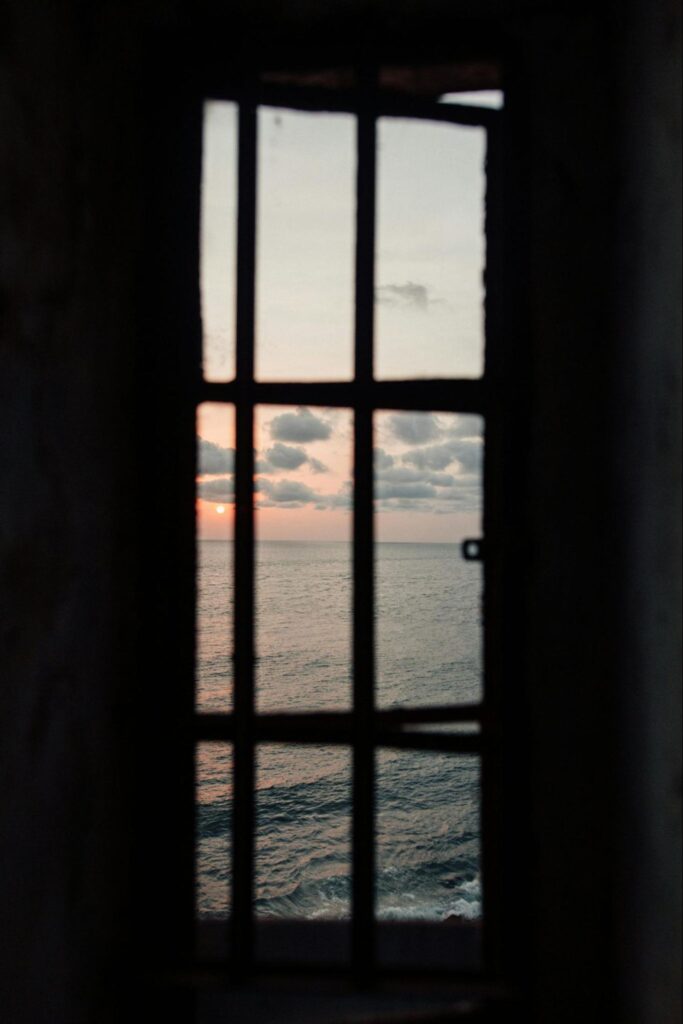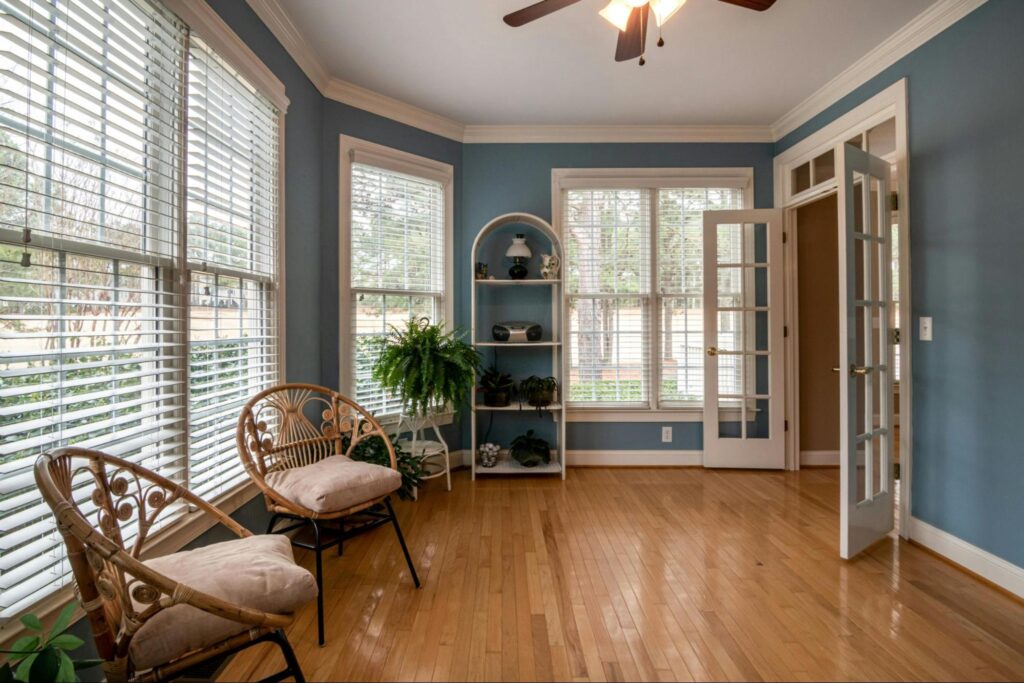Window film is a versatile solution that can be used in various applications to enhance the functionality and aesthetics of windows. Whether you are looking to control the amount of sunlight entering a room, add a decorative touch, increase safety and security, or protect your privacy, there is a window film option available for you. In this article, we will explore the different types of window film and discuss factors to consider when choosing the right one for your specific needs. We will also delve into the application process, including the options of professional installation or DIY. So, let’s begin our journey into the world of window film.
Understanding Window Film: An Overview
The Basics of Window Film
Window film is a thin laminate that is applied to the surface of windows. It is usually made from polyester, which is then treated with various coatings to achieve specific functionalities. One of the key benefits of window film is its ability to block a significant amount of solar heat and harmful UV rays while allowing natural light to pass through.
In addition to solar control, window film can also offer other advantages such as reducing glare, protecting the interior from fading, and providing increased privacy. With advancements in technology, window film has become more durable and aesthetically pleasing, making it a popular choice for homeowners, commercial buildings, and automotive applications.
When it comes to choosing the right window film for your needs, there are different types available on the market. Some films are designed specifically for heat rejection, while others focus on enhancing privacy or adding a decorative touch to your windows. It’s essential to consider your priorities and consult with a professional to determine the most suitable option for your specific requirements.
The Importance of Window Film
The benefits of window film go beyond just the aesthetic appeal. By controlling the amount of sunlight entering a space, window film can help reduce the reliance on artificial cooling systems, leading to energy savings and a smaller carbon footprint. Furthermore, window film can protect your skin and furniture from the harmful effects of UV rays, which can cause sunburn, premature aging, and fading of fabrics, artworks, and other valuable possessions.
Another crucial aspect of window film is its security-enhancing properties. Thicker security films can hold shattered glass together in the event of breakage, providing an added layer of protection against intruders and accidents. This feature is particularly valuable for homes, businesses, and vehicles in high-risk areas or prone to extreme weather conditions.
Delving into the Different Types of Window Film
When it comes to window films, there is a wide range of options available to suit different needs and preferences. In addition to the solar control, decorative, safety and security, and privacy window films mentioned earlier, there are a few other types worth exploring.
Anti-Glare Window Films
If you find yourself constantly squinting and struggling with glare on your computer or television screen, anti-glare window films can be a game-changer. These films are specifically designed to reduce the amount of glare that enters a space, making it easier for you to work, watch your favorite shows, or simply relax without straining your eyes. They are commonly used in offices, homes, and even vehicles to enhance visibility and reduce eye fatigue.
Energy-Saving Window Films
In today’s world, energy efficiency is a top priority for many individuals and businesses. Energy-saving window films are an excellent investment for those looking to reduce their carbon footprint and save on energy costs. These films are designed to improve the insulation of windows, preventing heat loss during the winter and reducing heat gain during the summer. By minimizing the need for excessive heating or cooling, energy-saving window films can help you achieve a more sustainable and cost-effective environment.
Now that you have a better understanding of the various types of window films available, you can make an informed decision based on your specific needs and preferences. Whether you are looking to enhance privacy, reduce glare, add a decorative touch, or improve energy efficiency, there is a window film out there that can meet your requirements. So go ahead and explore the possibilities – transform your windows into functional and stylish elements that enhance the overall look and feel of your space.
Factors to Consider When Choosing Window Film
Purpose of the Window Film
Before choosing a window film, it is important to determine the primary purpose you want it to serve. Are you looking to reduce heat and glare, increase privacy, enhance security, or add a decorative element? Understanding your specific needs will help you identify the right type of window film for your application.
For example, if you are looking to reduce heat and glare, you might want to consider a spectrally selective window film that blocks out infrared rays while allowing visible light to pass through. This can help maintain a comfortable indoor temperature while still allowing natural light to illuminate the space.
Climate and Weather Conditions
Another crucial factor to consider is the climate and weather conditions in your area. If you live in a region with intense sunlight and high temperatures, solar control window films with a high heat rejection capability would be beneficial. On the other hand, if your area is prone to severe storms or break-ins, safety and security window films should be a priority.
It’s also important to consider the UV protection offered by window films, especially in sunny climates. UV rays can cause fading and damage to furniture, flooring, and artwork. Opting for a window film with UV-blocking properties can help preserve the interior of your home or office space.
Aesthetics and Design Preferences
The appearance of your windows can significantly impact the overall aesthetic of a room or building. Therefore, it is important to consider your design preferences when choosing a window film. Whether you prefer a minimalist look, a bold pattern, or a frosted finish, there is a wide range of options available to suit your style.
Some window films even offer customizable designs, allowing you to create a unique and personalized look for your windows. From geometric patterns to nature-inspired motifs, the possibilities are endless when it comes to enhancing the visual appeal of your space with window film.
The Application Process of Window Film
Professional Installation vs. DIY
When it comes to installing window film, you have the option to hire a professional or do it yourself. While professional installation ensures a flawless and long-lasting result, it can be a more expensive option. On the other hand, DIY installation can save you money, but it requires careful preparation and attention to detail to achieve a satisfactory outcome. Consider your budget, time constraints, and skill level before deciding which installation method is best for you.
Preparing Your Windows for Film Application
Before applying window film, it is crucial to properly clean and prepare the windows. Remove any dirt, grease, or residue from the glass surface using a mild detergent and a non-abrasive cloth. Ensure that the window is completely dry before proceeding with the installation process.
The Installation Process
The installation process may vary depending on the type and brand of window film you choose. However, in general, it involves measuring and cutting the film to fit the window, applying a soapy solution to the glass, placing the film on the window, and using a squeegee or a similar tool to remove air bubbles and excess water. Follow the manufacturer’s instructions and take your time to achieve a professional-looking result.
When it comes to choosing the right window film, there are various factors to consider. For instance, if you live in an area with a hot climate, you may want to opt for solar control window film. This type of film can help reduce heat and glare, making your space more comfortable and energy-efficient. On the other hand, if privacy is your main concern, there are window films available that provide one-way vision, allowing you to enjoy the view from inside while preventing prying eyes from seeing in.
Another important consideration is the weather conditions in your area. If you experience severe storms or high winds, it is advisable to choose a window film that offers added safety and security. These films are designed to hold the glass together in the event of breakage, reducing the risk of injury from flying shards. Additionally, they can act as a deterrent against burglars, as they make it more difficult for intruders to gain access to your home or office.
Conclusion
In conclusion, window film is a versatile solution that can enhance the functionality and aesthetics of windows in various applications. From solar control and privacy to safety and security, there are different types of window film available to meet your specific needs. When choosing a window film, consider its purpose, the climate and weather conditions, and your design preferences. Whether you opt for professional installation or decide to take on a DIY project, proper preparation and attention to detail are key to achieving a satisfactory outcome. With the right window film, you can enjoy the benefits of increased comfort, energy savings, protection, and privacy while adding a stylish touch to your space.


